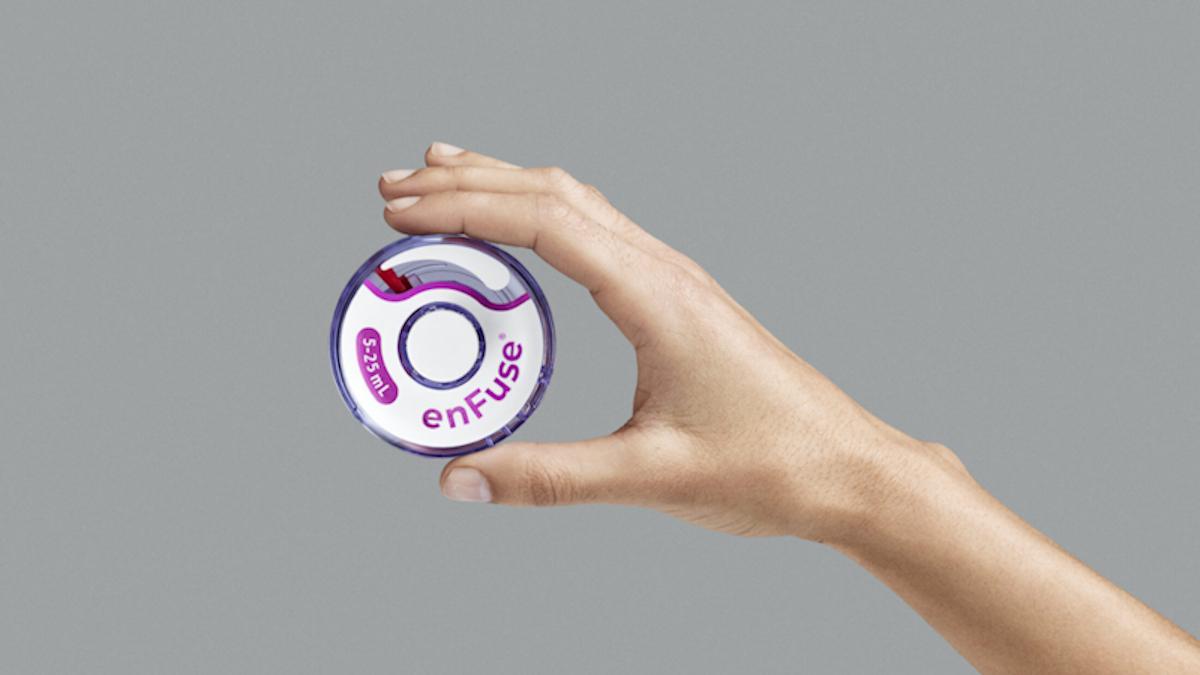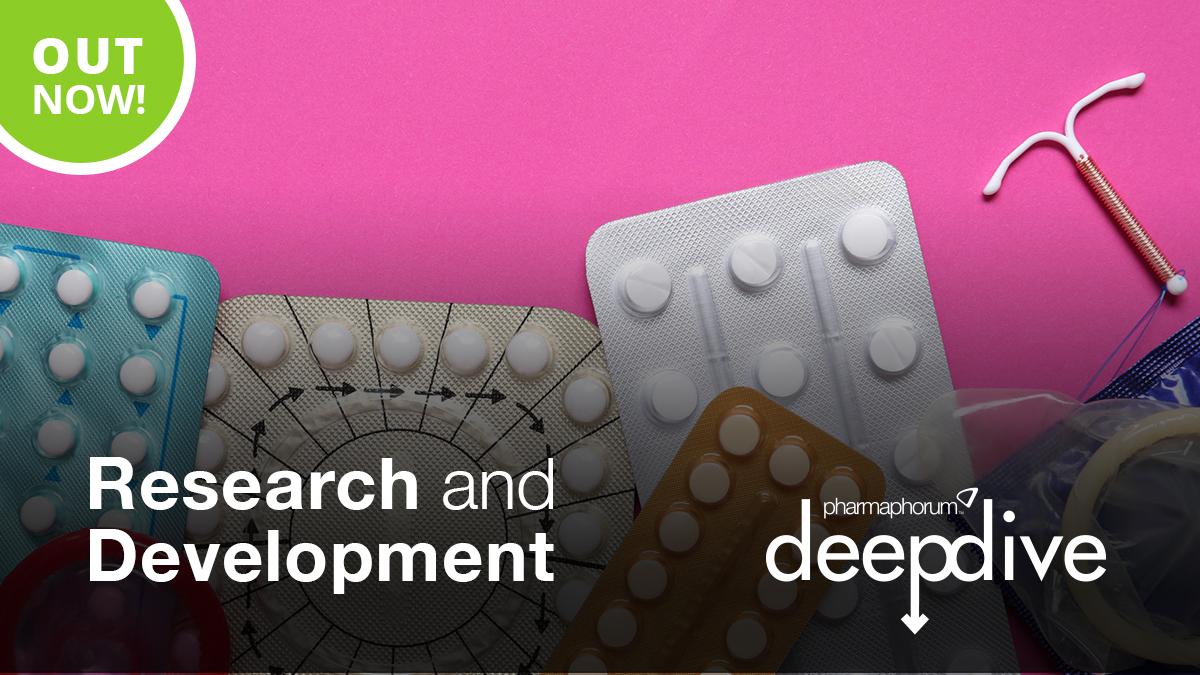ASCO 25: Sanofi hopes on-body delivery will boost Sarclisa

Sanofi's Sarclisa has played second fiddle to Johnson & Johnson's Darzalex in the treatment of multiple myeloma (MM), but the company hopes a new delivery option could give it more of a leading role.
At ASCO, the French pharma group reported data from the IRAKLIA study, which is testing Sarclisa (isatuximab) given via an on-body injector (OBI) device that allows subcutaneous delivery of the anti-CD38 antibody in patients with relapsed/refractory MM.
The new version of Sarclisa stems from a collaboration with Enable Injections, backed financially to the tune of €300 million by Blackstone Life Sciences, that was set up in 2022. The OBI device can deliver high volumes of subcutaneous therapies using a hidden, retractable needle.
Sanofi reported $471 million in Sarclisa sales last year, a healthy 30% increase on the prior year, but it remains dwarfed by Darzalex (daratumumab), whose 2024 sales approached $12 billion, with recent growth fuelled largely by a subcutaneous version (Darzalex Faspro) that was first approved in 2020.
Data from IRAKLIA showed that OBI-delivered Sarclisa was as effective as the current intravenous formulation when given as a combination regimen with pomalidomide and dexamethasone as a second-line therapy for MM, with an objective response (ORR) rate of 71.1% and 70.5%, respectively, and progression-free survival (PFS) of 66.1% and 65.1%.
Systemic infusion reactions were significantly lower with the new version, affecting 1.5% of patients versus 25% for the intravenous form, and 70% of patients reported that they were satisfied with the drug delivery, versus just over 53% with the current infusion.
At ASCO, Sanofi also presented supporting data from a phase 2 trial (IZALCO), looking at a manual push device versus the OBI in combination with carfilzomib and dexamethasone, which generated similarly equivalent ORR results.
"We believe the novel on-body injector represents a significant innovation that could improve and streamline the treatment process for both patients and providers," commented Alyssa Johnsen, Sanofi's global therapeutic area head for immunology and oncology development.
The company is preparing to file for approval of the OBI version of Sarclisa in the coming weeks. It has said it believes that the new delivery option can help it achieve blockbuster sales, aided by a recent FDA approval as a first-line therapy for MM patients who are not eligible for an autologous stem cell transplant (ASCT) – an indication free of competition from Darzalex.
The company is running additional studies of the OBI in different combinations and lines of treatment that it reckons give it a fighting chance at capturing a healthy slice of a market it estimates will be worth around €16 billion by the end of the decade, and which is currently a duopoly between Darzalex and Sarclisa.
The OBI "offers a significant advantage in terms of patient and nurse experience," said Sanofi's specialty care business head, Brian Foard, during the company's annual results call earlier this year, adding that it has the potential to become a "multi-blockbuster."
Chief executive Paul Hudson echoed that view, pointing to the opportunity for nursing staff to manage multiple patients simultaneously with the OBI, offering a big advantage to oncology units, and said he expects Sarclisa to breach the $1 billion sales barrier in 2025.













